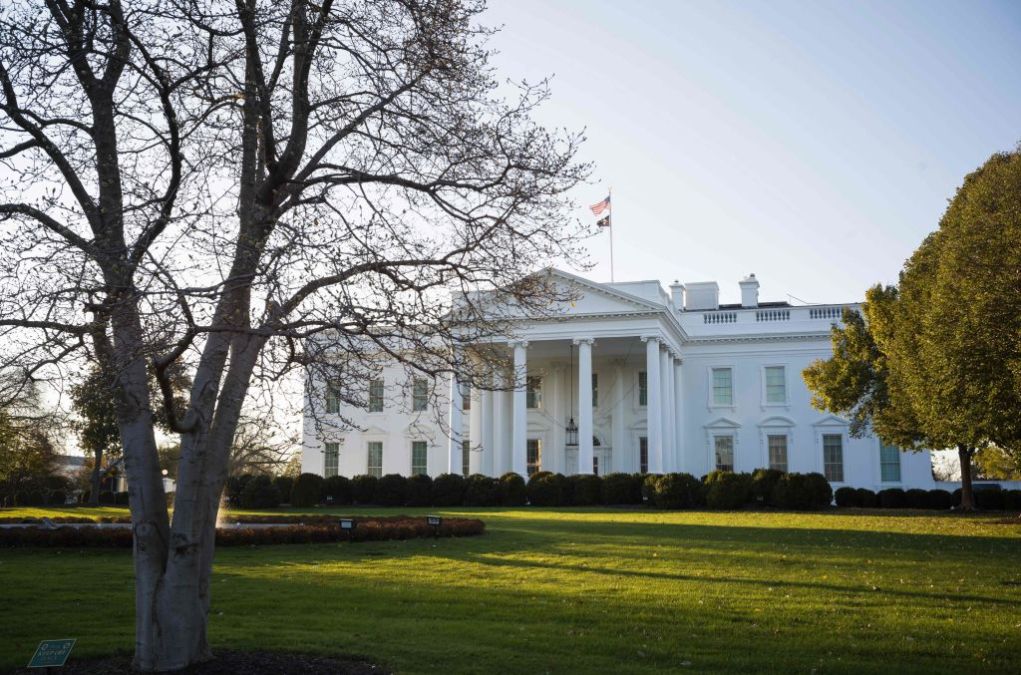White House advisers push for expanded Pathways Program to fill agency STEM gaps

Advisers to the president on science and technology are urging agencies to “ambitiously expand” the use of the government’s early-career Pathways Program to address a shortage of federal STEM talent.
In a virtual meeting of the President’s Council of Advisors on Science and Technology last week, committee members voted to send the White House a letter containing a series of recommendations aimed at growing the federal pool of workers skilled in science, technology, engineering and math.
With Pathways, an Office of Personnel Management initiative that targets early-career talent for federal employment, PCAST members said they see a way to take advantage of expedited hiring practices and boost pre-qualified candidate pools.
“The landscape that we’re dealing with is changing, it’s evolving, and all of a sudden now we need more STEM professionals, not less,” said Dan Arvizu, co-lead of PCAST’s STEM workforce recommendations and the former director and chief executive of the Department of Energy’s National Renewable Energy Laboratory. “The roles that they play are now more pronounced than they were in the past. … And again, the Pathways Program is really a good example of this.”
The PCAST recommendation on Pathways also suggests that the Biden administration should leverage the National Science Foundation and the Department of Commerce’s regional innovation hubs by developing internship programs that “mirror the expertise they gain” from those tech programs.
Another recommendation zeroed in on the other end of the experience spectrum: “seasoned experts,” who PCAST advisers would like to see more regularly on “tours of duty” made possible by lowering federal hiring barriers. Early-career STEM professionals are “obviously high priority,” Arvizu said, but “seasoned professionals” with “a tremendous amount of expertise and ability to support government programs” should also be targeted for agency STEM positions.
Outreach to STEM workers across age brackets would theoretically be easier with modernized and accelerated hiring processes, part of a PCAST recommendation that calls for “differentiating and professionalizing STEM marketing and recruiting.” Those efforts would be more effective if agency HR offices could be upskilled through training sessions and OPM or U.S. Digital Service embeds, the recommendation said.
“Human capital offices in each agency are extremely challenged. In many cases, they have a hard time understanding what are my future STEM requirements for my mission objectives,” Arvizu said. “And at the same time, how will I know that and then how do I recruit those kinds of people? That requires a partnership between the subject matter experts and the human capital offices, so that there is a collaboration.”
To “identify and reduce headwinds to progress” on that recruiting front, PCAST members recommended that each agency designate a senior or executive leader to partner with OPM, HR offices and other stakeholders in assessments delivered to each respective agency head within 90 days of the assignment. OPM, meanwhile, would be charged with creating a repository that tracks governmentwide best practices and successes.
“The rapid rate of change in science is much, much greater than the rate of change in the federal government. And that’s why we’re so far behind,” said Frances Arnold, co-chair of PCAST and a professor of chemical engineering, bioengineering and biochemistry at the California Institute of Technology. “We really need to rethink the way that STEM talent is recruited and retained in the federal government.”
Current and former White House officials who served as consultants to PCAST on the STEM recommendations were Kiran Ahuja, the OPM director until April; Jason Barke, OPM’s deputy associate director for strategic workforce planning; Beth Cobert, acting OPM director in the Obama administration; Olivia Zhu, who leads the Office of Science and Technology Policy’s AI talent surge efforts; and Nafeesa Owens, OSTP’s lead on STEM education and workforce. Max Stier, CEO of the nonprofit Partnership for Public Service, was also a consultant to the group.
The recommendations come a little more than two months after OSTP unveiled a national science, technology, engineering, math and medicine strategy aimed at improving workforce diversity and opportunities in those fields.



